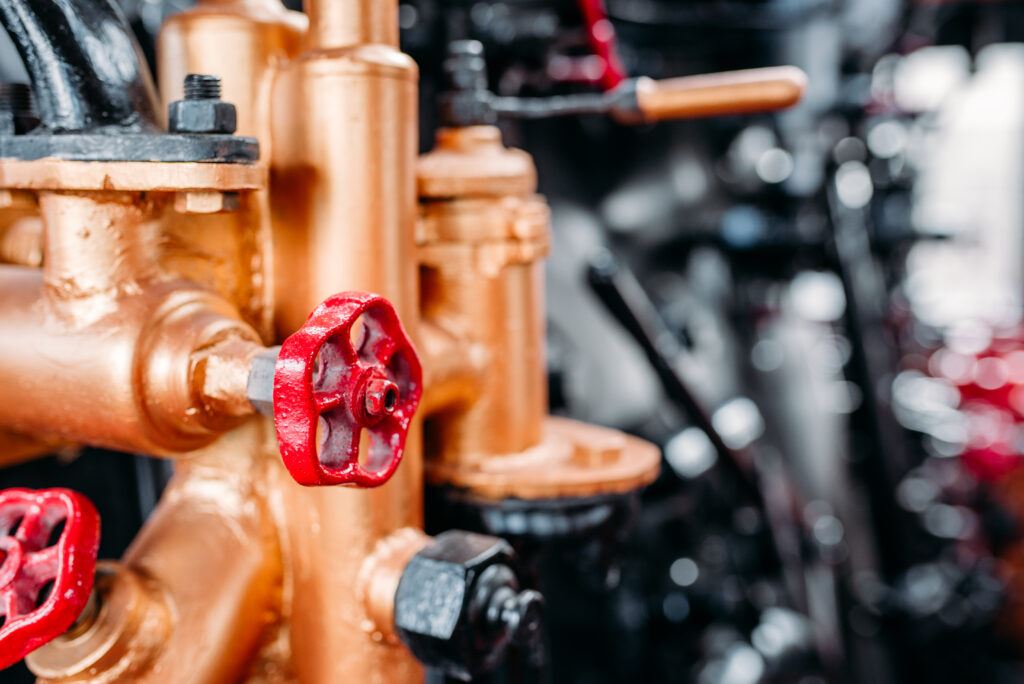In water management, one critical concern is the prevention of backflow, a phenomenon where undesirable substances infiltrate the drinkable water supply. Understanding backflow prevention methods is paramount to safeguarding public health and maintaining water purity standards. This blog delves into the various techniques on how to prevent backflow, emphasizing their efficacy and suitability for different scenarios.

Understanding Backflow
Before delving into prevention methods, it’s crucial to comprehend what backflow entails. Essentially, backflow occurs when the flow of water reverses direction, allowing contaminants to infiltrate the potable water supply. This reversal can transpire due to a drop in pressure or a change in hydraulic conditions, posing a significant risk to public health.
Common Causes of Backflow
Several factors can precipitate backflow incidents. Among the most prevalent are cross-connections, which occur when potable water systems intersect with non-potable sources such as irrigation systems or industrial fluids.
Additionally, backflow can arise when negative pressure within the plumbing system causes water to flow backward.
Backflow Prevention Methods
When protecting potable water systems’ integrity, implementing effective backflow prevention methods is paramount. By understanding and employing appropriate techniques, communities can mitigate the risk of contaminants infiltrating the water supply. Below, we explore which method will prevent backflow into the drinkable water supply, their mechanisms, and their suitability for different scenarios:
Air Gaps:
Air gaps are one of the most reliable and straightforward methods for backflow prevention. This technique creates a physical separation between the water outlet and potential contamination sources, such as sinks or irrigation systems. By ensuring a visible break in the plumbing system, air gaps eliminate the possibility of cross-contamination.
Check Valves:
Check valves, or non-return valves, are mechanical devices installed within plumbing systems to allow water to flow in only one direction. These valves automatically close when water attempts to flow backward, effectively preventing backflow. Check valves are available in various configurations, including swing, spring-loaded, and inline designs.
Reduced Pressure Zone (RPZ) Valves:
RPZ valves offer a robust solution for backflow prevention, particularly in high-risk environments. These devices consist of multiple check valves, a relief valve, and an intermediate chamber. RPZ valves maintain water pressure while providing a redundant barrier against backflow.
Double Check Valve Assemblies (DCVA):
DCVA systems incorporate two independent check valves to provide enhanced protection against backflow. These assemblies are designed to withstand fluctuations in water pressure and offer higher reliability than single-check valve configurations. They are commonly used in municipal water supply systems, HVAC systems, and swimming pools.
Backflow Preventer Testing and Maintenance:
Regular testing and maintenance are imperative to ensure optimal performance regardless of the chosen backflow prevention method. Routine inspections help identify potential issues, such as valve failures or leaks, allowing for timely repairs or replacements. Additionally, compliance with regulatory standards and certification requirements is essential to ensure the effectiveness of backflow prevention measures. Municipalities, property owners, and facility managers must prioritize these activities to uphold water quality standards and protect public health.
Sewer Backflow Prevention
While much attention is rightly given to preventing backflow in potable water systems, addressing the risk of sewer backflow is equally crucial. Sewer backflow, or sewage backup, occurs when wastewater flows reversely into buildings or properties, posing significant health hazards and property damage. Below, we explore various techniques and strategies for sewer backflow prevention:
Gate Valves:
Gate valves are commonly used in sewer systems to control wastewater flow manually. These valves are installed in sewer lines and can be closed during heavy rainfall or flooding to prevent sewage from backing up into buildings or properties. Gate valves offer a simple and cost-effective solution for sewer backflow prevention, but they require regular maintenance and manual operation.
Backwater Valves:
Backwater valves, also known as check valves or backflow prevention valves, are explicitly designed to prevent sewage backup into buildings. These valves are installed in sewer lines, allowing wastewater to flow out of the building while preventing backflow. Backwater valves feature a one-way flap or gate mechanism that closes when sewage attempts to reverse its flow direction.
Overhead Sewer Systems:
Overhead sewer systems elevate the building’s sewer line above the level of the municipal sewer line, minimizing the risk of sewage backup. In this configuration, gravity ensures that wastewater flows downhill toward the municipal sewer system, reducing the likelihood of backflow into the building.
Sump Pump Systems:
Sump pump systems often employ backwater valves to provide additional protection against sewer backflow. These systems consist of a sump pit installed in the basement or lowest point of the building and a pump that automatically activates to remove excess water during heavy rainfall or flooding.
Routine Maintenance and Inspection:
To ensure their effectiveness, regular maintenance, and inspection of sewer lines and backflow prevention devices are essential. Sewer lines should be inspected for signs of blockages, leaks, or deterioration, and any issues should be promptly addressed. Backflow prevention devices, such as backwater valves and sump pumps, should be tested periodically to ensure they function correctly.
Read more: No-Dig Sewer Line Repairs: Getting the Job Done with Minimal Damage
Conclusion
In conclusion, robust backflow prevention measures are essential for maintaining water quality and safeguarding public health. Whether by installing air gaps, check valves, or advanced RPZ systems, proactive steps must be taken to mitigate the risk of backflow incidents. By prioritizing regular maintenance and compliance with regulatory standards, communities can ensure the continued integrity of their water supply systems. Remember, prevention is vital regarding backflow – investing in robust prevention measures today can avert potentially catastrophic consequences tomorrow.
Rooter King Plumbers offers comprehensive sewer backflow prevention services, including installing gate valves, backwater valves, and sump pump systems. Our expert team conducts routine maintenance and inspections to ensure the continued effectiveness of these vital systems.
Read more: Common Signs of Water Line Problems

